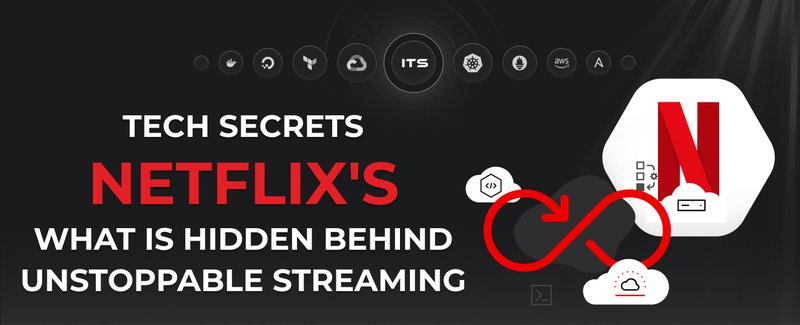In the fast-paced world of software development, the DevOps philosophy has emerged as a powerful approach to streamline collaboration between development and operations teams. DevOps is not just a methodology; it's a cultural shift emphasizing automation, continuous integration, and continuous delivery. In this context, the role of monitoring systems becomes more critical in ensuring the success of DevOps practices. In this blog post, we'll explore how monitoring systems can enhance DevOps' success and provide actionable strategies for effective implementation.
The importance of monitoring in DevOps
DevOps is built upon principles that promote collaboration, automation, and the rapid delivery of high-quality software. Effective monitoring aligns seamlessly with these principles. Monitoring systems provide real-time insights into application performance, infrastructure health, and user experience, allowing teams to detect and address issues before they escalate. DevOps teams can bridge the gap between development and operations by monitoring critical metrics, leading to quicker issue resolution and smoother collaboration.
Critical components of effective monitoring strategies
- Infrastructure Monitoring: A robust DevOps workflow relies on a stable infrastructure. Monitoring servers, databases, networks, and other infrastructure components ensures that potential bottlenecks or failures are identified early. This proactive approach helps maintain a reliable foundation for the application.
- Application Performance Monitoring (APM): Applications are at the heart of software development. APM tools track various performance metrics, such as response times, transaction rates, and resource utilization. This data provides insights into slow queries, memory leaks, and other performance bottlenecks that can impact user experience.
- Log Monitoring and Analysis: Application logs are gold mines of information. Monitoring and analyzing logs help identify errors, anomalies, and patterns that indicate potential issues. Centralized logging systems enable quick incident response and aid in debugging complex problems.
- User Experience Monitoring: User satisfaction is the ultimate goal. Monitoring user interactions with the application provides valuable insights into usability issues. Tracking metrics like page load times, click-through rates, and user journeys helps uncover areas for improvement.
Unleash the power of monitoring-backed practices that align perfectly with DevOps principles. From real-time insights to early issue detection, our tailored strategies ensure enhanced collaboration, quicker incident response, and data-driven decisions.
Benefits of monitoring in DevOps
Implementing effective monitoring strategies yields numerous benefits for DevOps teams:
- Early Issue Detection: Real-time monitoring helps identify and address issues before they impact users, minimizing downtime and user dissatisfaction.
- Faster Incident Response: Monitoring provides immediate alerts when anomalies occur, enabling teams to react swiftly and mitigate potential problems.
- Data-Driven Decisions: Monitoring data guides informed decision-making for enhancements, upgrades, and optimizations.
- Enhanced Collaboration: DevOps teams can collaboratively address issues with a shared understanding of the application's performance and health.
Integration of monitoring into DevOps workflow
Monitoring is not a separate silo; it's integrated into every stage of the DevOps pipeline:
- Development: Monitoring helps developers identify performance issues early in the development cycle, ensuring code quality and reducing technical debt.
- Testing: By monitoring test environments, teams can validate application performance under various scenarios, ensuring smooth deployments.
- Deployment: Monitoring ensures that new releases don't introduce unexpected problems, maintaining a stable user experience.
- Post-Deployment: Continuous monitoring allows teams to gather valuable feedback and improve continuously.

Challenges and best practices
While monitoring brings substantial benefits, challenges can arise:
- Tool Selection: Choose monitoring tools that align with your needs and technologies.
- Data Overload: Collecting too much data can be overwhelming. Define relevant metrics and thresholds to focus on what matters most.
- Performance Overhead: Intensive monitoring can impact application performance. Strike a balance between monitoring depth and resource consumption.
Effective monitoring is the cornerstone of successful DevOps practices. By implementing monitoring strategies encompassing infrastructure, application performance, logs, and user experience, DevOps teams can proactively address issues, enhance collaboration, and confidently deliver high-quality software. The integration of monitoring into each stage of the DevOps pipeline ensures a smooth, user-centric development process that embraces constant improvement. Embrace monitoring as a critical ally in your DevOps journey and unlock the full potential of your software development endeavors.
Docker commands and Dockerfile usage for running containers on a local machine
Docker commands and Dockerfile usage for running containers on a local machine
Netflix tech stack for powering streaming backend and cloud solutions






